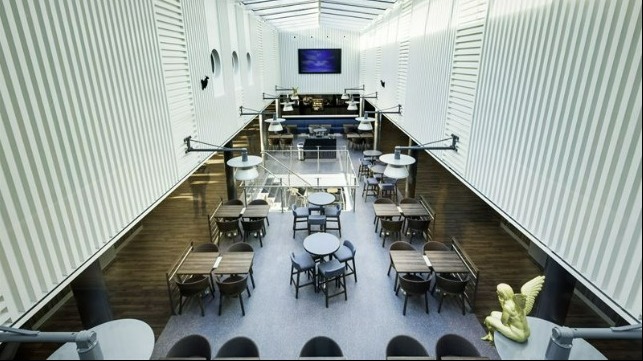Latvia will host the third installment of the allied/partner Ramstein Alloy 2022 live fly exercise. During the routine two-day event, participating air forces will conduct rapid response alert drills, including loss of communications, slow machine interception, dissimilar air combat training and combat search and rescue scenarios, close air support and aerial refueling scenarios. A particular focus is the involvement of a Spanish Ground Based Air Defense Task Force in the activities. Spain’s NASAMS air defense systems will simulate defending Lielvarde Air Base in Latvia against air attack – a skill fighter pilots must practice in order to gain air superiority during defensive operations, e.g. B. In an Article 5 situation.
For the first time, we are including both airborne and ground-based integrated air defense and missile defense activities in our exercises
“For the first time, we are incorporating both airborne and ground-based integrated air defense and missile defense activities into our exercises,” said Exercise Planner Squadron Leader Craig Docker of Combined Air Operations Center Uedem. “This underscores how the Allies are shielding the eastern flank while preparing for a meaningful implementation of NATO’s deterrence and defense concept in the Baltics,” he added. “We also train air-land integration tactics, techniques and procedures with Czech jets and expanded Forward Presence Battlegroup or Latvian Joint Terminal Attack Controllers to enhance our pilots’ and soldiers’ ability to work together in a multinational environment,” he concluded.
Building on many years of cooperation in the Baltic Sea region and strengthening regional security with allies and partners, the Ramstein Alloy exercise demonstrates cohesion and capability. At the same time, it promotes cooperation by creating strong and reliable structures and relationships. The exercise series integrates more than two dozen NATO combat and support aircraft and airborne early warning aircraft with NATO and national command and control centers. The realistic exercises train the Allied forces to repel aggression and – if necessary – to defend.
NATO’s “Deter and Defend” concept increases the level of integration and planning of allied military activities. It attempts to counter threats by providing a common framework for deterrence and defense in peace, crisis and war. The concept utilizes a deliberate cadence of military activity across the Alliance and across all operational domains and functional areas. This clear display of Alliance cohesion, capability and determination is intended to deter challengers from spreading destabilization, spreading disorder, or gaining crucial military advantages that would harm Euro-Atlantic security. Essentially, the concept shifts NATO’s efforts from crisis response to crisis prevention.




